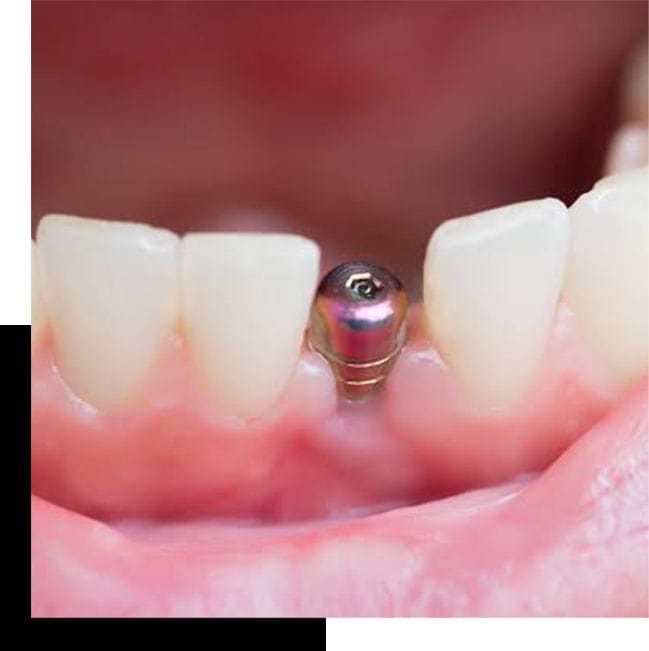PROBLEM/SOLUTION
According to epidemiological studies, it is estimated that 178 million Americans are missing at least one tooth and about 40 million Americans are missing all of their teeth. As we age, the problem gets worse as 30 percent of adults between 65-74 years old have no natural teeth.
Dental Professional — specialists in oral health care and esthetic dentistry — use new materials, technology and advanced training to provide patients with perfectly placed dental implants and natural-looking dentures made using digital technology. Methods to replace teeth are more sophisticated with results that look far more real than in the past giving patient options that they never had before.
TALKING POINTS
External Factors that affect the loss of teeth
- The most common reasons for losing a tooth, multiple teeth or all of your teeth is dental decay (cavities), gum and bone disease, or trauma. 15-20% of adults (33-44 years old) have some form of gum disease. While, 30% of adults 65-74 years of age have no natural teeth.
- Dry mouth from medications or menopause can put you more at risk for tooth decay and gum disease.
- Smokers have three times greater risk of gum disease than non-smokers. For those at risk of gum disease, preventative care should be the focus of regular examinations by your Dental Professional. Then, Dental Professional will use the latest digital dentistry technology.
- Only 13.5% of Americans floss every day, which is a simple way to prevent bacterial build-up in addition to regular daily brushing. As a Prosthodontist, I know that brushing regularly for 2 minutes, twice a day and flossing once a day will dramatically reduce the number of Americans missing one or more teeth down from 178 million to far fewer people.
Some feel that losing a front tooth impact your ability to find work
- Losing even a single back tooth can cause surrounding teeth to shift and drift toward the open space, affecting the way you chew food making it more difficult to clean the area and it can all lead to bone loss. Most patients feel that losing a front tooth causes social and psychological issues and it can even impact your ability to find work.
Losing a tooth, suggests seeing a prosthodontist as soon as possible
- A missing tooth can be replaced optimally. Accordingly, by a non-removable solution such as a bridge or by using a dental implant. Today, a dental implant is the first choice of treatment as it is predictable and offers a long-lasting solution, which does not decay like natural teeth! When properly placed, dental implants have a very high success rate of 98%.
- Measurement and precise placement of dental implants are critical to long-lasting success. For example, if you lose one tooth, you need to replace it with one tooth in the exact same spot.
- Patients who are missing all teeth and about to lose all teeth don’t have to wear dentures anymore. Prosthodontists can predictably replace all missing teeth with a fixed implant bridge. Furthermore, in many cases it can be installed on the same day that the natural teeth are removed.
- The longer you wait to replace a loss missing tooth causes more bone loss. Sometimes the bone loss can be so significant that it can prevent your ability to get a dental implant. If you lose a tooth, go to a prosthodontist as soon as possible.
- The best time to consult a Prosthodontist is even before the natural tooth’s removal. The Dental Professional can devise a treatment plan to improve patient outcomes.
According to a Mayo Clinic study whose lead author is a Prosthodontist, routine follow up care for your dental implants is necessary or they will not last as long as they could. They might get lose, chip or fall out. It’s important to see your Dental Professional at least every 6 months. To find your local Dental Professional, visit www.DentureWearer.com
Sources: Dr. Avinash Bidra and Dr. Jean Wu of the ACP Public Relations Committee. 2014 NPAW articles.
Additional Resources:
2014 NPAW Press Release -Missing Teeth Need to Be Treated as a Chronic Medical Condition
Journal of Prosthodontics
Practice-Based Evidence from 29-Year Outcome Analysis of Management of the Edentulous Jaw Using
Osseointegrated Dental Implants http://onlinelibrary.wiley.com/doi/10.1111/jopr.12084/full



